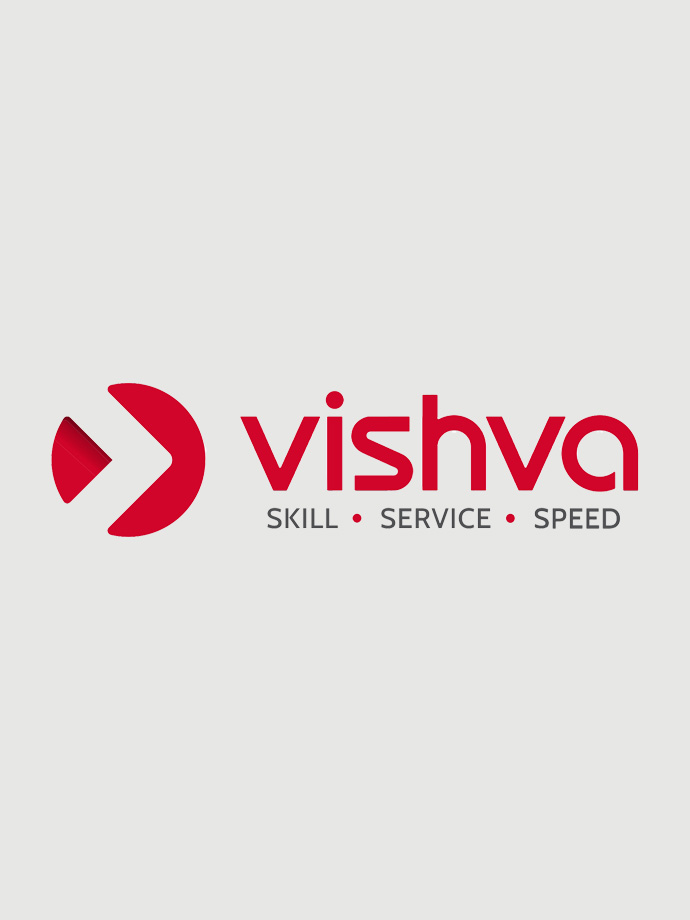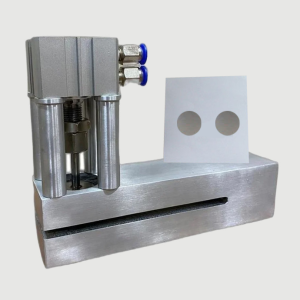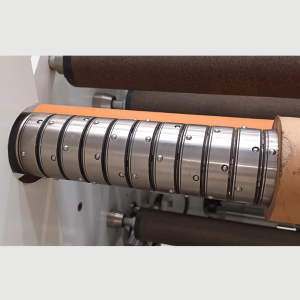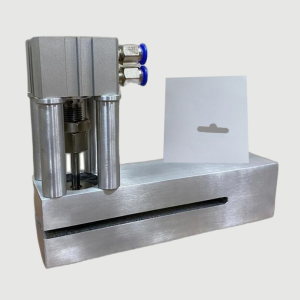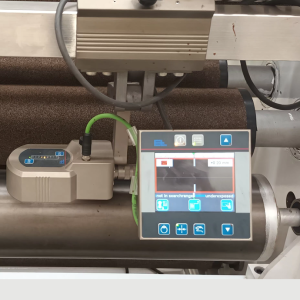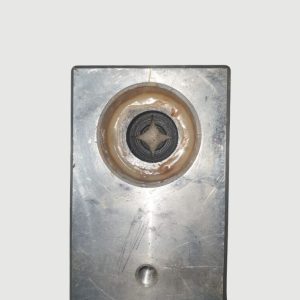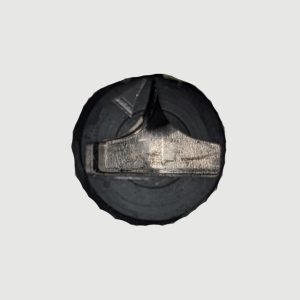-
Empty cart
No products in the cart.
Return to Shop
Perforation Wheel / Blades
The Perforation Wheel/Blades are used in plastic converting machines to create precise perforations or cut lines on plastic materials. This enables easy tear-off sections in plastic bags or packaging, enhancing functionality and convenience.
SKU:
VCMP0018
Category: Converting Machine
Related Products
Star Punch
The “Star Punch” is employed in plastic converting machines to create star-shaped cutouts in plastic materials. This feature is commonly used for decorative purposes, adding an appealing and distinctive design element to plastic products. The Star Punch ensures precise and uniform cuts, enhancing the aesthetic value and visual appeal of the final plastic products manufactured by the machine. It is particularly useful in industries where decorative or creative designs are desired, such as crafts, party supplies, and promotional items.
Hole Punch
A versatile tool for creating holes, the hole punch is essential for enhancing air circulation in various applications such as nursery bags and fruit bags. It promotes optimal ventilation, aiding in the growth and preservation of plants and fruits.
Butterfly Punch
The butterfly punch is a compact and portable tool designed for creating charming butterfly-shaped cutouts. Perfect for embellishing small items like pens and bags, it adds a whimsical touch to your belongings, allowing them to hang with a delightful and playful flair.
Edge Guide (Electronics System & Hydraulic System)
The Edge Guide is a critical feature utilized in plastic converting machines for maintaining precise alignment and positioning of plastic materials during the conversion process. The machine employs two types of edge guide systems: an electronic system and a hydraulic system.
The electronic edge guide utilizes a DC motor with a controlling display to automatically adjust and maintain the desired alignment of the plastic material. This system constantly monitors and adjusts the position of the material to ensure accurate processing and minimize waste. It provides real-time feedback and control, allowing for precise and consistent results.
On the other hand, the hydraulic edge guide employs a hydraulic cylinder mechanism to adjust and control the position of the plastic material. This system utilizes hydraulic pressure to move the edge guide mechanism, ensuring precise alignment and tension control. It provides reliable and robust performance in maintaining the alignment of wide plastic materials.
Both the electronic and hydraulic edge guide systems play a crucial role in the plastic converting machine by enabling accurate positioning and alignment of the plastic material. They help achieve consistent and high-quality output by minimizing material waste, reducing errors, and ensuring efficient production processes.
Square Punch
The “Square punch” is utilized in plastic converting machines to create precise and uniform square-shaped cutouts in plastic materials. These square punches are commonly used for various purposes, including creating openings for windows, displays, or decorative elements in plastic products. The square punch ensures consistent and accurate cuts, enhancing the aesthetic appeal and functionality of the final plastic products produced by the machine.
Round Cut Punch
The “Round Cut Punch” finds its purpose in plastic converting machines for creating circular or round-shaped cutouts in plastic materials. These round cut punches are commonly used for applications such as creating openings for bottle caps, lids, or circular windows in plastic products. The round cut punch ensures precise and uniform cuts, contributing to the functionality, design, and visual appeal of the plastic products manufactured by the machine.

